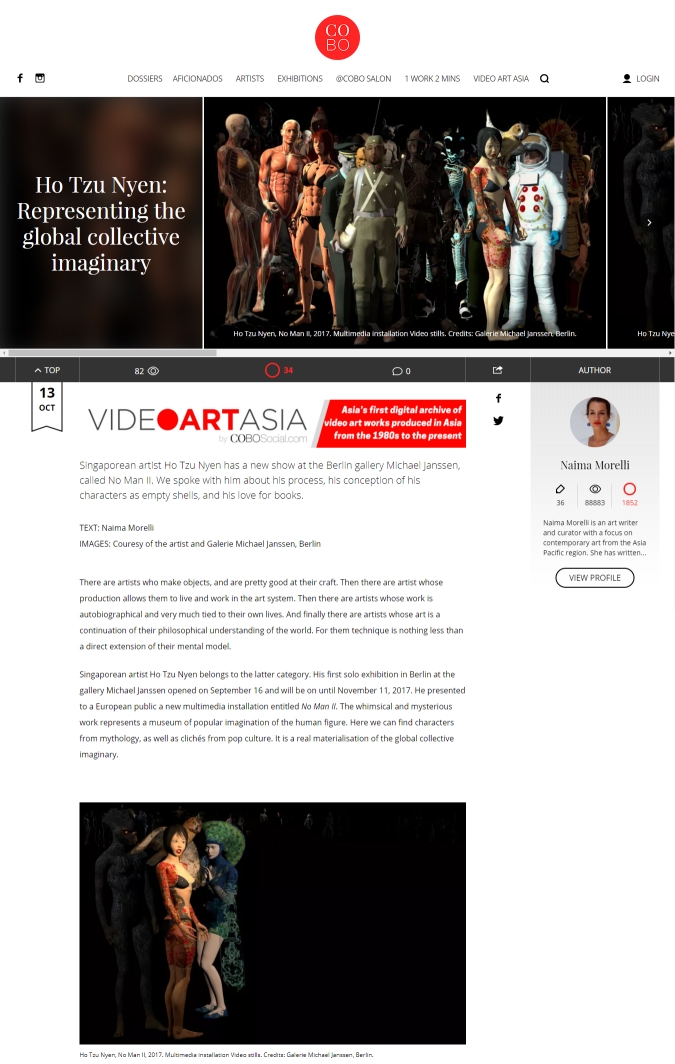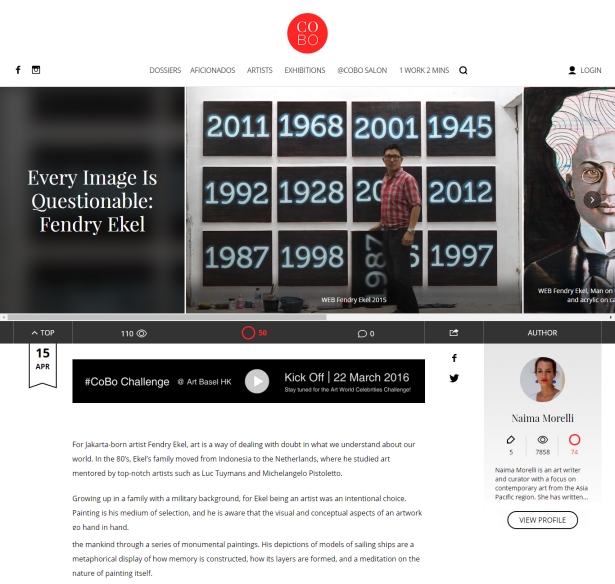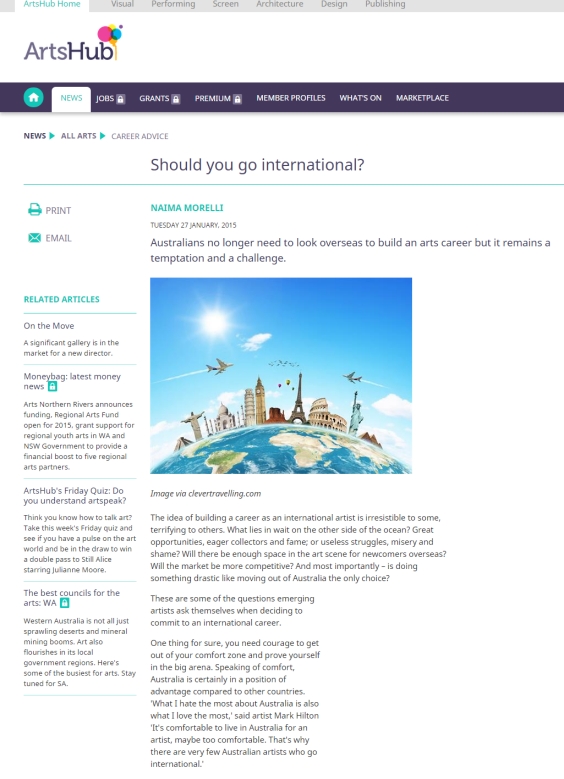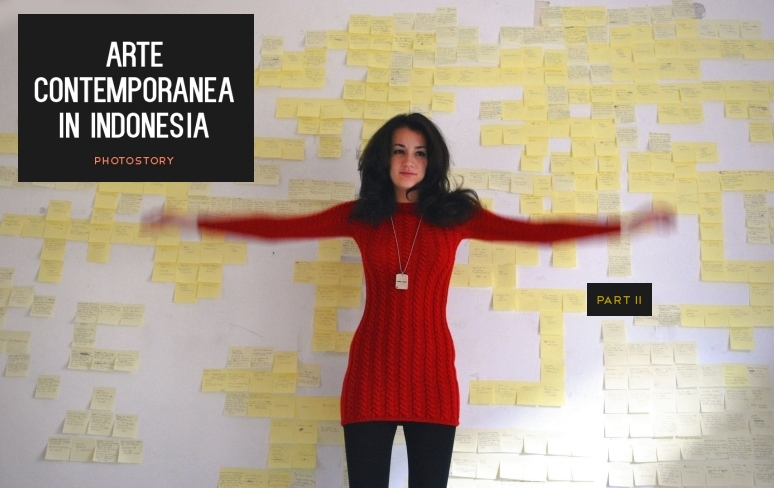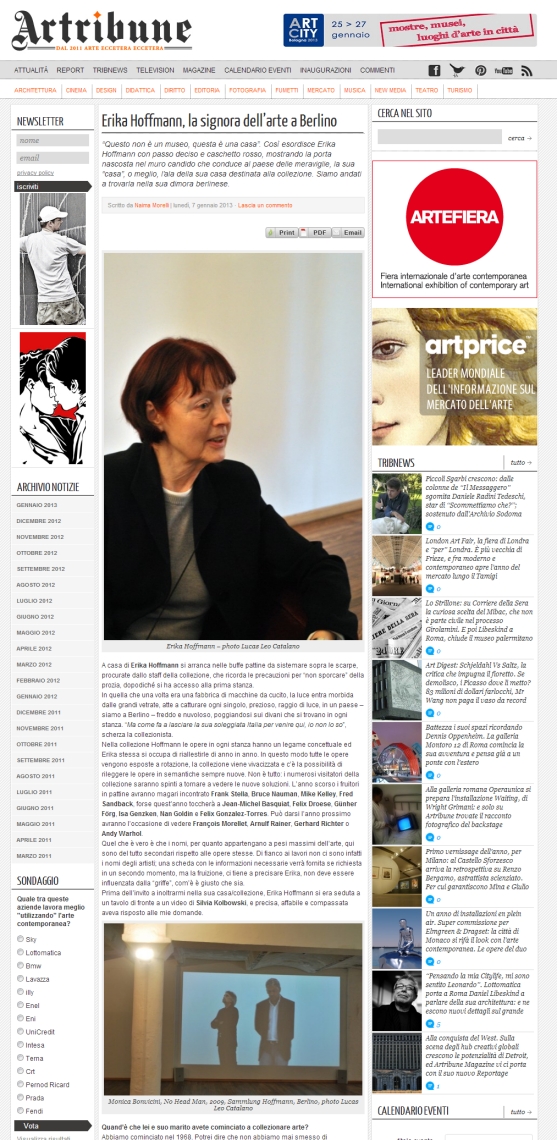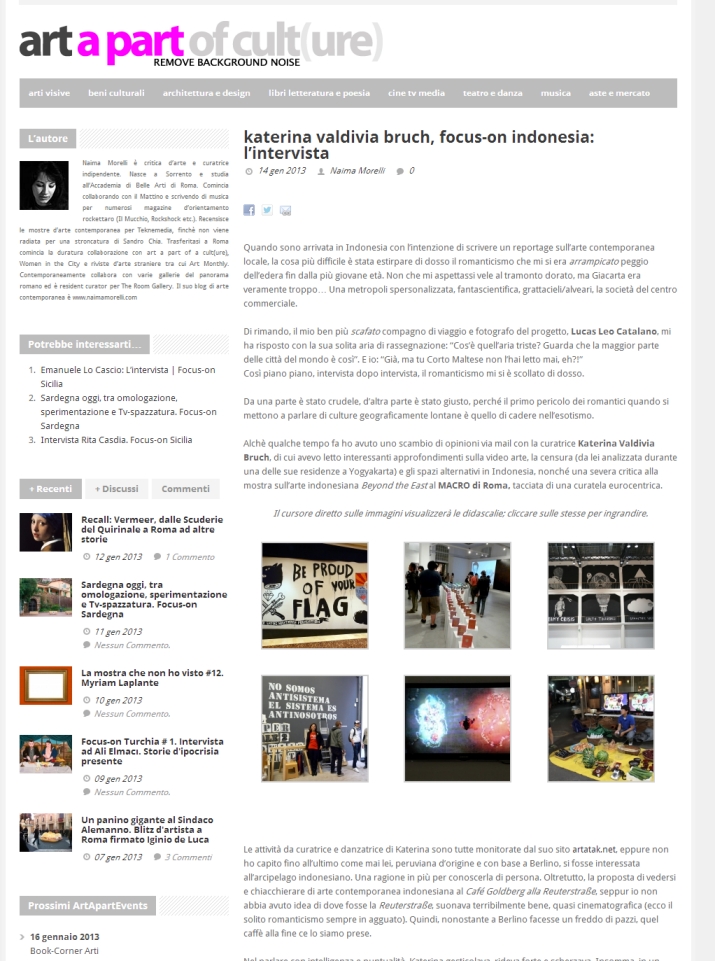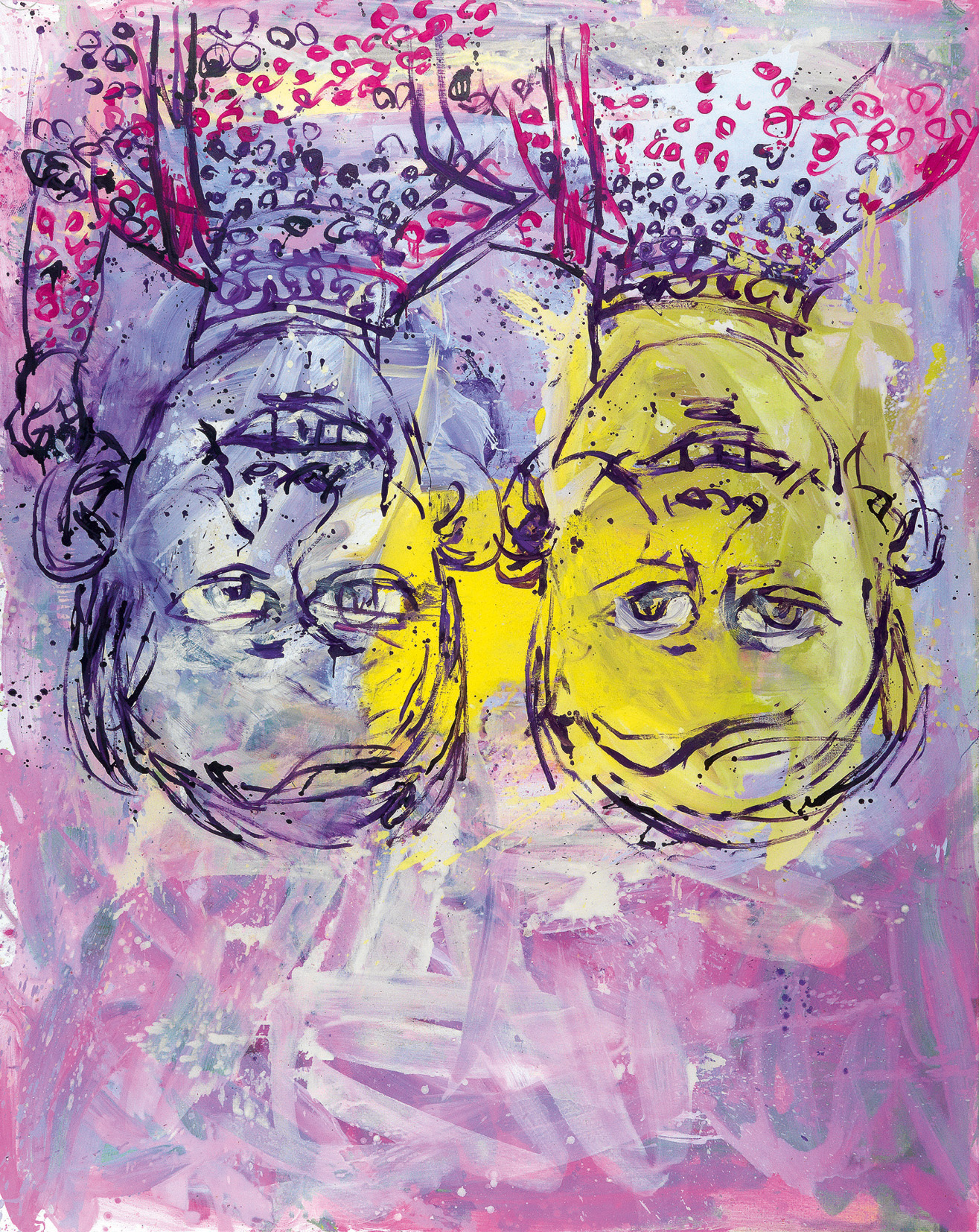
Centoventi opere tra dipinti, sculture e disegni; insomma, è una panoramica a tuttotondo, esaustiva e completa, quella offerta dal Museo MADRE di Napoli, a dieci anni di distanza dall’ultima esposizione italiana di Georg Baselitz.
C’è da dire che Baselitz non è proprio tra quegli artisti che hanno avuto un percorso lineare: espulso, perché giudicato inadatto, dalla Hochschule für bildende und angewandte der Kunst di Berlino Est, riesce a trasferirsi a Berlino Ovest. Prosegue dunque gli studi alla Hochschule für bildende Künste; evidente già nei suoi primissimi lavori la sua incredibile capacità di creare un figurativismo sempre sull’orlo dell’astrattismo.
Il vero scandalo e la vera e propria fama arrivano nel 1963: in occasione della mostra alla galleria di Michael Werner e Benjamin Katz, vengono sequestrati per oscenità Der nackte Mann e il famoso Die große Nacht im Eimer.
In effetti, soffermandosi ad osservare il suo lavoro esposto nelle sale del MADRE, ci si accorge di una lucida e generale volontà da parte di Baselitz di “scandalizzare il borghese”.
Ai dipinti del primo periodo, quelli più disturbanti sia nei soggetti che nell’esecuzione che nei colori (non è un caso che l’artista sia lasciato ispirare dall’arte prodotta da persone affette da disturbi mentali e soggetti emarginati), ne seguono altri all’insegna del realismo critico da lui propugnato nel Manifesto Pandemonico. Chiare si palesano le influenze dell’espressionismo astratto francese e del minimalismo americano condito con un pizzico di intellettualismo derivato dalla pop art che proprio in quegli anni dominava lo scenario artistico.
Il dato che però emerge limpido, in tutta la sua opera, è il tentativo di voler trasporre degli eventi psichici in funzioni fisiche. Questo può sì avere una lettura individuale, ma è tanto più applicabile alla coscienza collettiva, considerando in particolare il momento storico e geografico vissuto da Baselitz e da tutta la sua generazione, inevitabilmente influenzata dalle problematiche del dopoguerra tedesco.
Sebbene quindi il movente di gran parte dei dipinti sia sostanzialmente lo stesso, c’è da dire che l’artista, tenendo fede alla sua reputazione di eversivo, ha sempre cercato di rompere in maniera netta con quello che aveva realizzato in passato. Dopo una fase successiva alla sua realizzazione piena del realismo critico, lo vediamo infatti attingere, merito anche al soggiorno fiorentino del 1965, al manierismo, al quale si deve l’ispirazione per la creazione delle figure eroiche ribattezzate “nuovi tipi”.
Un’altra svolta decisiva si ha con la rielaborazione della lezione cubista, che lo porta a realizzare opere “spezzettate”, le Streifenbilder . Grazie alla delimitazione di linee che separano le varie strisce sfasate tra di loro, quasi si trattasse di un fumetto, l’artista riesce a dare l’impressione di un’alterazione spaziale e temporale.
Read More
